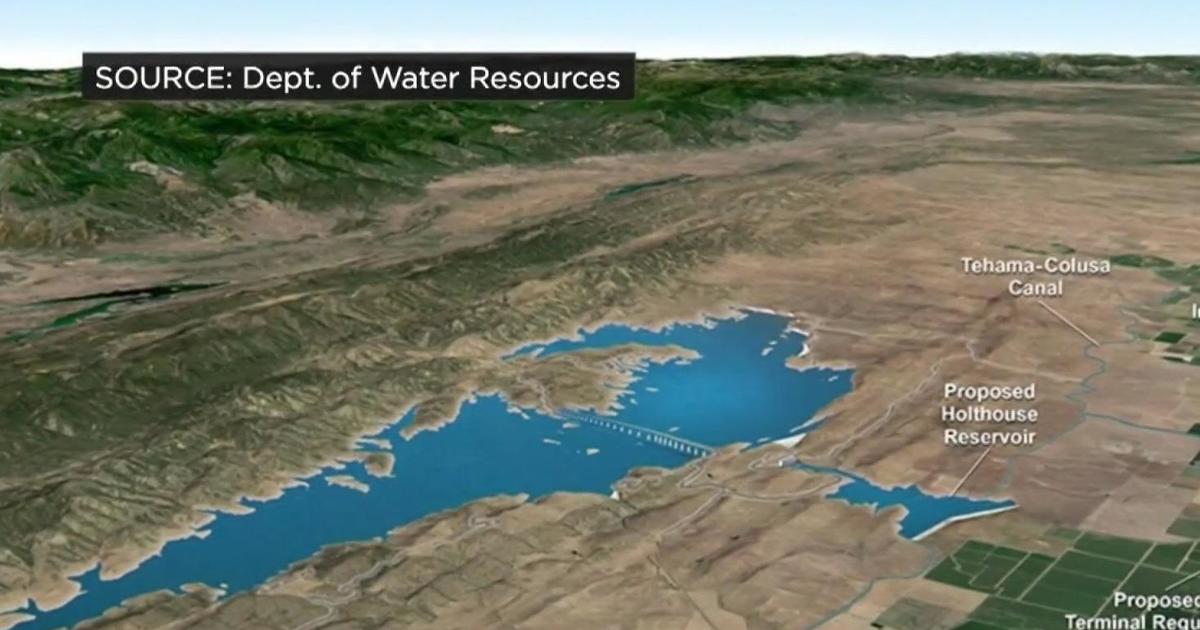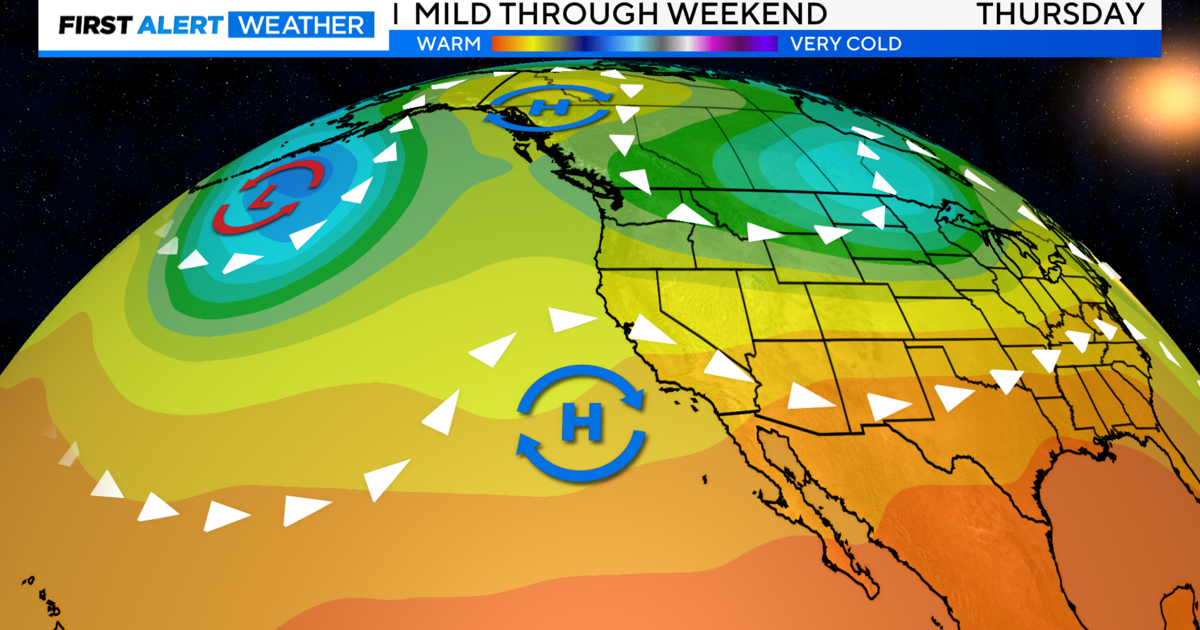How Does California's New Water Restriction Plan Affect Your District?
SACRAMENTO (CBS13) — The State Water Resources Control Board released a new draft of its restrictions for water districts on Saturday, to the benefit and chagrin of some California residents.
As it did before, the board is basing the restrictions on Residential Gallons Per Capita Day, a formula for finding how much water residential customers use each day.
However, instead of relying on September 2014's numbers alone, the board instead chose to use the average of July, August and September's R-GPCD. By bringing in the hottest and driest months of the year, the board is hoping to hit outdoor watering harder.
In addition, the number of levels in the restrictions have doubled, allowing for more granularity when it comes to how tight or loose restrictions will fall.
So where do water districts stand under the new rules?
The chart below will let you find your water district among the 408 in California. Hover or tap on the bars for more information.
Below that is a closer look at the biggest changes in water restrictions.
KINK THE HOSE HARDER
1. Beaumont-Cherry Valley Water District
Original: 113.56 R-GPCD, 25 % cut
New: 268, 36 percent cut
WHAT HAPPENED: September 2014 was a fantastic month for the district. Unfortunately, July and August weren't even close, with an astonishing 396.42 and 294.11 R-GPCD respectively. However, water usage has continuously taken a dive since those months, so meeting those goals shouldn't be too difficult.
2. California Water Service Company Oroville | California Water Service Company Kern River Valley
Original: 88.06, 20% | 105.93, 20%
New: 132.2, 28% | 148.3, 28%
WHAT HAPPENED: Much like Beaumont-Cherry Valley, these districts had a solid September, but factoring in two more dry months and changing the formula means an extra 8 percent in cuts
3. Many, many districts—27 to be exact
Most of these districts encountered the same issue of higher water use during July and August, but the real story in this group is while they're all facing an increase from 25 percent to 32 percent, it could have been even worse. The new average would have put them all in the 35 percent cut range under the previous rules.
So customers of the Sacramento County Water Agency, the city of Yuba City, and the city of Manteca—it could have been worse.
SAVED SLIGHTLY FROM SAVING
1. Compton City of
1. Daly City City of
1. Park Water Company
1. Redwood City City of
1. San Bruno City of
1. Soquel Creek Water District
WHAT HAPPENED: Each of these districts saw their water conservation requirements sliced by more than half, from 20 percent to 8 percent. Their low usage shouldn't factor too much into the grand scheme of water savings in the state: 13 districts in the state each used more water on average from July to September than these six districts combined.
2. San Luis Obispo, City of
Original: 114.72, 25%
New: 85.2, 16%
WHAT HAPPENED: This district got the short end of the stick. Since the state started requiring water districts to report their data, San Luis Obispo has only had one month above 75 R-GPCD. Unfortunately for them, that month was September. Now, under the three-month average, they're looking at a significantly lower rate. Sure, if you took out September, it would plummet to 12 percent, but a 9 percent change isn't something to sneeze at.
3. Many districts—21 to be exact.
One thing many of the districts facing these lower cuts have in common is their location: All are in coastal hyrdologic regions. In fact, all but three of the Top 50 cuts in conservation requirements are in coastal regions. Another thing these 21 districts have in common is their lack of water usage. As you would expect, factoring in two of the hottest months of the year across the state didn't result in too many significant reductions in R-GPCD.
Instead, most of the reductions in water cuts came from the lower tiers of conservation. Under the old system, only 17 districts faced less than 20 percent water reduction targets. The new rules expand that number to 84.
It's the same story on the other end of the spectrum too. Under the old rules, 134 districts faced 35 percent water restrictions, while the new rules cut that number by more than a third to 91.



